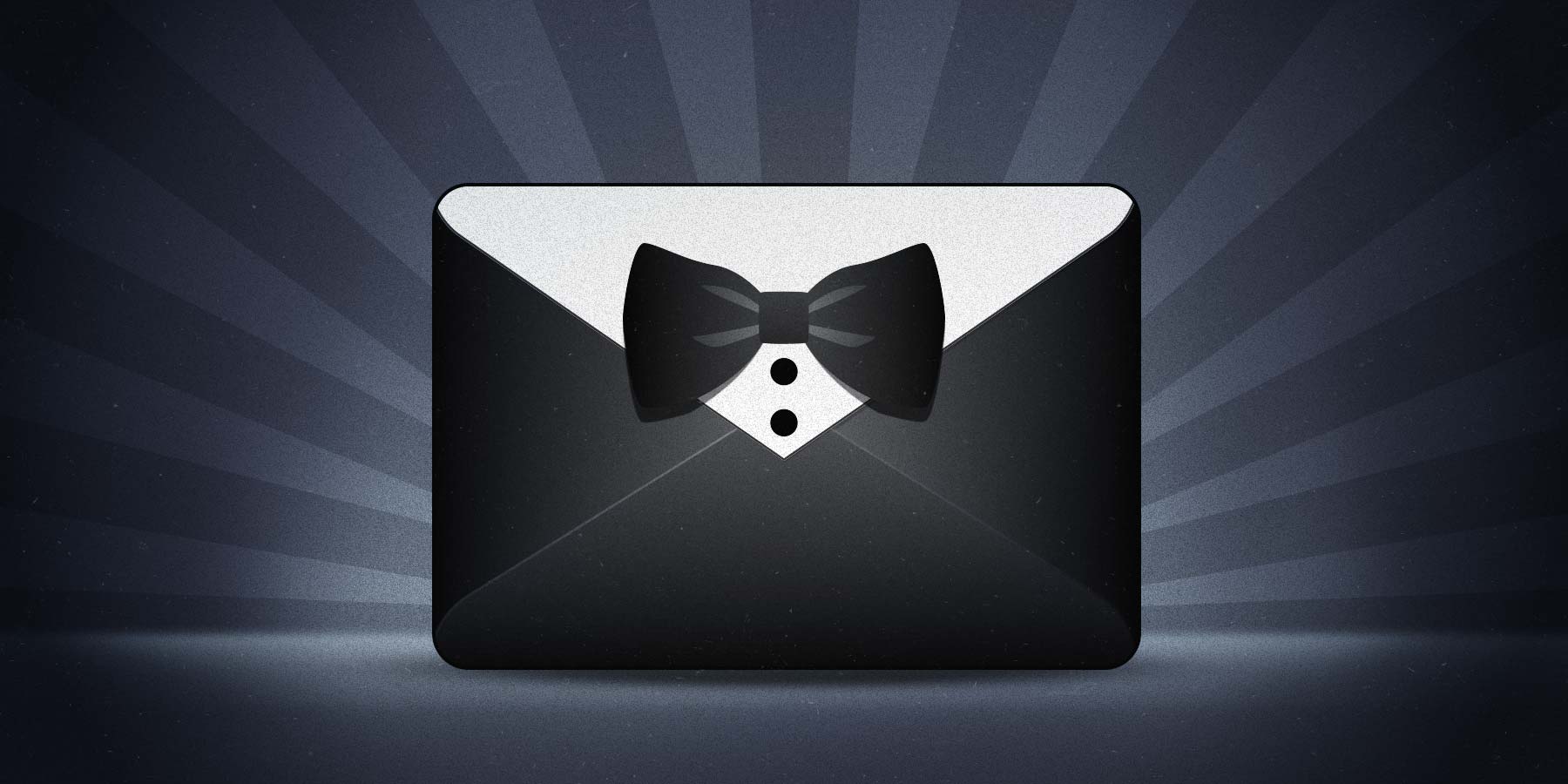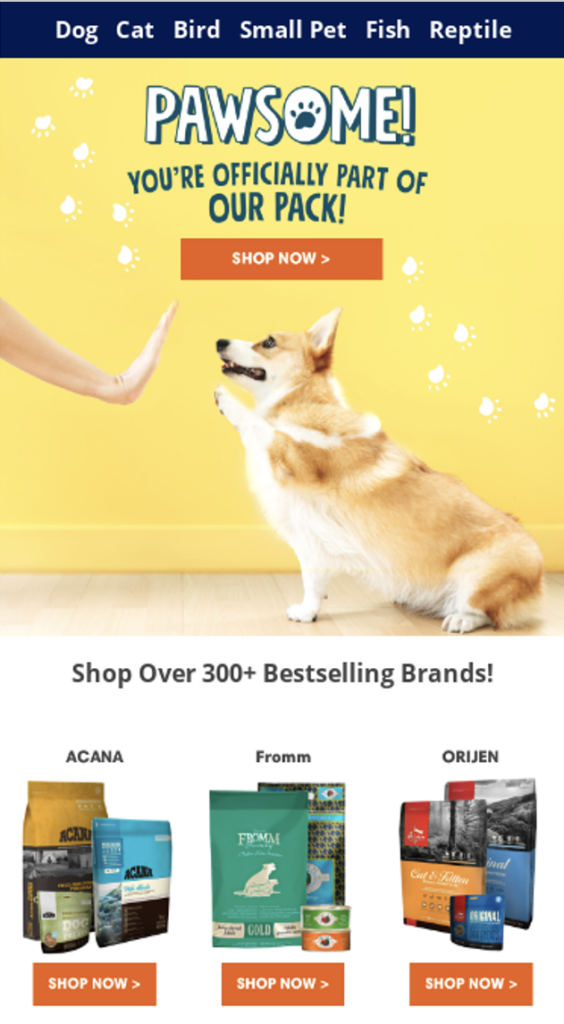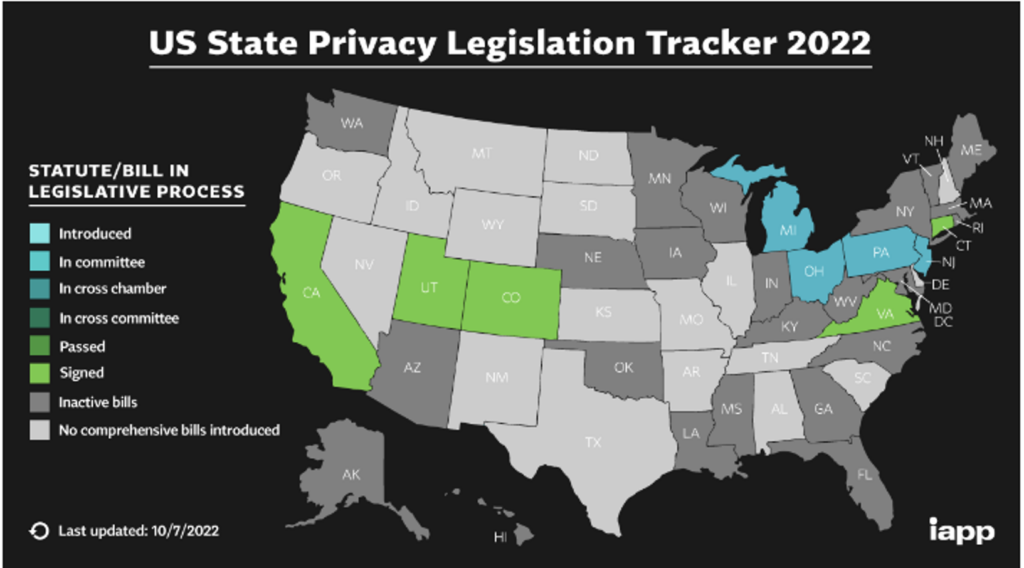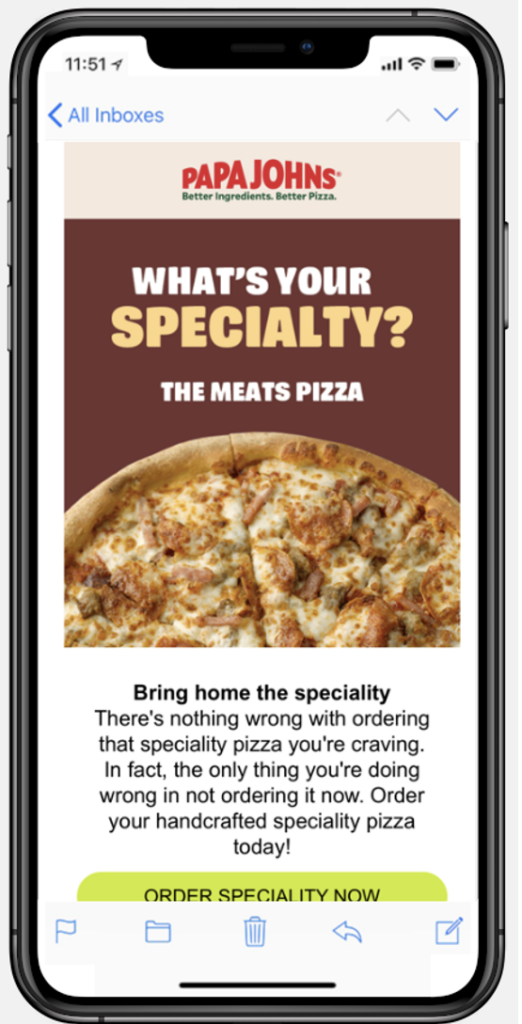
Marketers are in the trenches this year dealing with forces like inflation and favorite tools being consolidated, which could mean having to learn new or different ways to operate. Not to mention, layoffs are occurring across nearly all industries, which can leave marketing teams much smaller.
This is all happening as email marketers face pressure to master new technologies like Brand Indicators for Message Identification (BIMI) and Accelerated Mobile Pages (AMP) for email. Needless to say, it’s a lot.
Being successful in an environment where deliverability is getting harder requires taking a step back and reviewing best practices, then trying to think about things in a different way.
Like all housekeeping, keeping up with these items is an ongoing task—but a worthwhile one to be sure.
Each item, when tended to properly, can help improve your overall email deliverability and sender reputation. So, let’s dive in.
1. Remember loyalty counts
Since new customers might be harder to come by in a recessionary environment, keeping your existing customers happy will pay off.
Now might be the time to start (or re-vamp) a customer loyalty program. In general, it’s time to be more empathetic with your subscribers. We’re all dealing with major social and economic change, recession, and the weight of inflation.
If we approach each other with compassion and understanding good things will result—and not just in email.
Now is the time to build strong relationships with your consumers to lock in their loyalty. When doing so, keep these tips in mind:
- Be kind
- Attempt to understand your customers and what they need
- Set clear expectations and follow through
- Sway buying decisions with empathy
- Have conversations with your customers
- Allow replies to your marketing messages
2. Revisit your sunset policy
A sunset policy is a strategy senders use to avoid sending emails to unengaged subscribers—which can hurt email deliverability.
Review the rules for managing the subscribers on your list that haven’t engaged with your brand lately. We recommend doing so at least twice a year. If you don’t have a sunset policy in place, implement one!
Start by removing subscribers that have not engaged with an email in the past six months.
Historically, senders could look at open rates as a key metric to determine subscriber engagement. However, open rates are now skewed now thanks to Apple’s Mail Privacy Protection.
To get an accurate view of engagement, senders should review click data and other indicators like website visits or purchases to determine if a subscriber should be considered active.
3. Nurture the newbies:
The holiday sales rush might be over, but there are still plenty of email-heavy holidays ahead in 2023—like Valentine’s Day—that might win you an influx of new subscribers. Once you win these new leads, make sure to nurture them!
Your welcome message is a great place to set expectations on frequency of your sends, share why being a part of your email program is a benefit to subscribers, and encourage them to interact with your brand.
This example from Pet Flow is great—it features a corgi high five and highlights great product choices from the start of the relationship.

And remember: Don’t let new contacts enter your database without scrubbing these lists to remove any inactive or invalid addresses. Using a tool like BriteVerify, will be most effective, but at minimum, manually scrub out any addresses with obvious typos.
Do this exercise for new subscribers entering your program as well as semi-annually for non-engagers.
4. Update your preference center offerings
An email preference center gives all subscribers the opportunity to tell you exactly what they like and need in communication from your brand. Plus, it helps you capture the all-important zero-party data that can be used for personalization in future email sends.
A few go-to tips to improve your preference center:
- Determine their interests in products or services. Then sort them into audience segments accordingly so you can send relevant offers.
- Don’t over-ask for info. Only request the data points you really need to deliver a personalized experience.
- Incentivize. Offer a birthday or anniversary gift in exchange for a subscriber’s information.
- Promote your preference center. Make it clearly visible on your email templates.
- Honor the subscribers’ wishes. If they say they only want to hear from you once a month, don’t try to sneak in extra promotions.
5. Keep track of relevant privacy laws
Contending with evolving consumer privacy laws has been a steep challenge for marketers over the past few years.
Here in the United States, there are five states with new consumer privacy laws taking effect in 2023—California, Virginia, Colorado, Utah, and Connecticut.
Marketers should talk with their legal and privacy teams to be sure they’re on top of these new laws, paying attention to any additional data privacy laws that may come up through the year for new states. Disclaimer: This is not intended to be legal advice and readers should consult their own counsel for guidance.

Key dates are as noted:
- California: Jan 1, 2023
- Virginia: Jan 1, 2023
- Colorado: July 1, 2023
- Connecticut: July 1, 2023
- Utah: Dec 31, 2023
6. Audit your automation
Email automation is a great time-saver and gives you the chance to hone your personalization skills with dynamic content. Not to mention, in an atmosphere of reduced staff, automation can help you manage your email program more efficiently too.
But senders must pay attention to these automated workflows—no setting and forgetting.
At each periodic audit, make sure you do the following:
- Review content
- Prioritize content relevance
- Remember brand tone of voice
- Refresh content
- Ensure link accuracy
- Check authentication protocols (SPF, DKIM, DMARC)
7. Think outside the inbox
Omnichannel marketing is essential in 2023. As traditional marketing channels like email and social media grow more saturated, you need to meet people where they are and make your brand known.
That’s where SMS (or Short Message Service) marketing comes in. On average, Americans spend over five hours on their mobile devices daily. Plus, 62 percent of website traffic comes from mobile devices.
SMS is more expensive than email, but it still needs to be included as part of the mix.
SMS can help foster customer loyalty by delivering a consistent, two-way conversation. But take care not to overdo it. People expect a text for more urgent messages like a bill that’s due, a change in gate at the airport, or a flash sale. Messaging them constantly for things that aren’t time sensitive will result in unsubscribes.
How to encourage SMS adoption
- Employ a QR code to help people opt in easily
- Promote your SMS via email
- Add a popup ad to your website
- Limit characters in your messages 160 or less
- Cap messages at a max of 300kb for MMS messages
Even if SMS isn’t realistic to pursue in 2023, be sure you’re optimizing your content for mobile users so their experience is positive and they can understand your message without having to stretch their screens out. This Papa John’s email does just that.

What’s next?
These are just a few of the things we covered in our most recent Inbox Insiders episode: “Uncovering the Secrets to Email Success in 2023.”
If you’d like to know more about why unsubscribes are a good thing or about how great gift cards are for your brand, check out the recording!
Be sure to stick around for the Q&A to find out why you shouldn’t use link shorteners in your email communications.